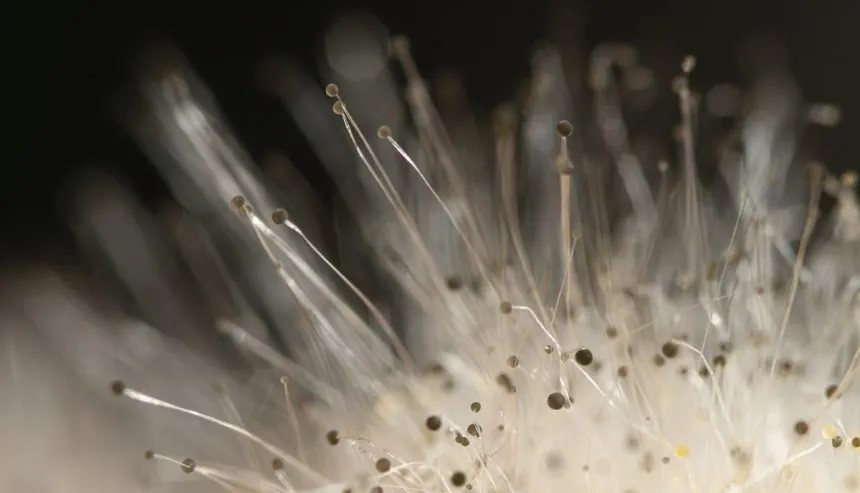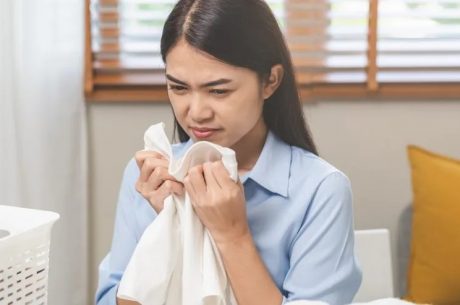Mold Season is Upon Us on Long Island: Here’s What You Need to Know
Many people don’t realize that mold can grow year-round, but it becomes far more noticeable and active during the spring and summer months. Mold thrives in warm, moist environments, making these seasons the ideal time for it to spread. In areas like Suffolk and Nassau County, where spring rains and summer humidity are common, it’s crucial for homeowners to stay vigilant about mold prevention.
When is Mold Season?
Mold season typically stretches from early spring to mid-fall across the United States. This timeline lines up with warm temperatures and increased moisture—conditions mold loves.
Early Spring
As the snow melts and temperatures begin to rise, moisture levels in the air increase significantly. On Long Island, the early spring often brings rain and thawing ground, both of which can contribute to dampness in basements, crawl spaces, and attics. If these areas aren’t properly ventilated or insulated, mold spores can take root quickly.
Now is the perfect time to inspect areas that may have taken on moisture during the winter, such as around windows, under sinks, and in wall cavities near rooflines. Pay attention to any musty smells or discoloration on walls, which may be early signs of mold.
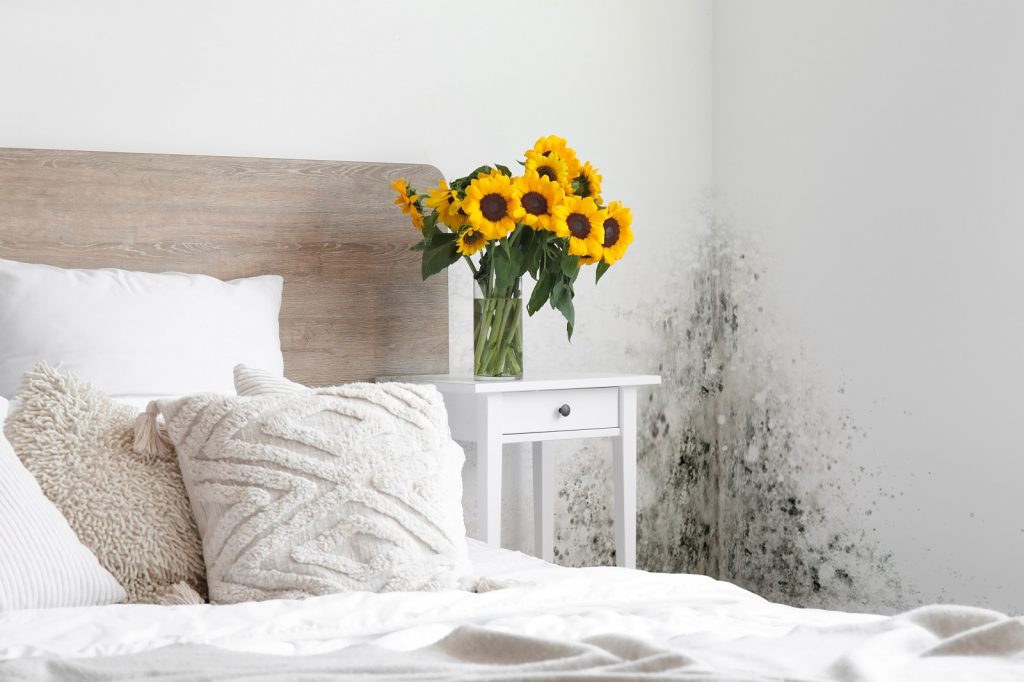
Midsummer
The heat and humidity of Long Island summers are no joke—especially during July and August, when dew points can soar. These high moisture levels provide the perfect breeding ground for mold. Without adequate air circulation or humidity control, areas like bathrooms, laundry rooms, and basements can easily become mold hotspots.
Invest in a dehumidifier, run fans or AC units, and make sure your gutters are clean and draining away from the home. Long Island’s proximity to the ocean adds another layer of humidity that makes moisture control even more important during this time.
Mid-Fall
As the temperature starts to drop, mold activity may decline slightly, but it doesn’t disappear. Autumn on Long Island often brings leaf buildup in gutters and around foundations, which can block water drainage and trap moisture near your home. This creates the perfect conditions for mold to thrive even as the air gets cooler.
Regularly clean your gutters and check that water is flowing away from your home. Also, take note of any condensation forming on windows or pipes, which can still feed mold colonies in cooler months.
What Causes Mold to Grow in Homes?
Understanding what causes mold is key to preventing it. Here are some of the most common factors—many of which are especially relevant to Long Island homeowners:
- Weather: Warm, humid air—especially during the spring and summer—is a major trigger. Coastal areas like Long Island often see higher baseline humidity levels, making it easier for mold to grow.
- Flooding: Whether it’s a flash flood from a heavy thunderstorm or water intrusion from a hurricane or nor’easter (which we get our fair share of), any water that isn’t quickly removed can result in mold.
- Leaky Pipes or Roofs: Older homes in towns like Huntington, Patchogue, or Massapequa are especially prone to hidden leaks behind walls or in attics. These small water intrusions can lead to serious mold growth if not addressed.
- Poor Ventilation: Long Island homes that are tightly insulated for winter warmth may trap moisture during the warmer months. This lack of airflow is a mold risk factor.
- Wet Basements: Many homes in Suffolk and Nassau have finished or semi-finished basements. These spaces often have poor airflow and are vulnerable to groundwater intrusion, especially after heavy rains.
Health Risks of Mold Exposure
Mold isn’t just unsightly—it can be dangerous, too. Here’s what you or your family might experience with ongoing exposure:
- Respiratory issues: Persistent coughing, wheezing, or shortness of breath.
- Allergic reactions: Skin rashes, itchy eyes, sneezing, and sinus congestion.
- Fatigue and brain fog: Ongoing exposure may lead to memory issues or general sluggishness.
- Skin and eye irritation: Mold can trigger hives, redness, and itchy or watery eyes.
- Serious reactions: In some cases, especially with black mold or mycotoxins, exposure can lead to headaches, joint pain, and even nausea.
Residents in coastal communities like Long Beach or Port Jefferson—where homes may be exposed to salt air and moisture—should be especially mindful, as these conditions can weaken materials and provide additional places for mold to grow.
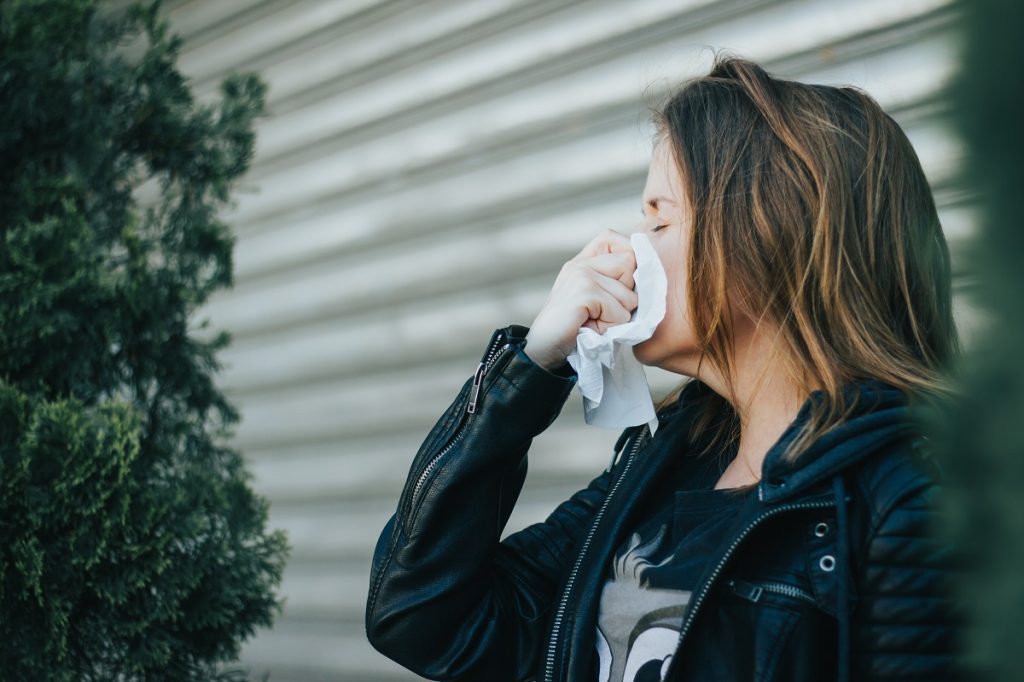
Mold Allergy Season on Long Island
If you suffer from seasonal allergies, spring and summer may already be a struggle. But did you know mold allergies are a big contributor to those itchy eyes and sniffles?
Long Island’s dense trees, gardens, and older architecture make for many hidden mold sources—inside and out. Mold spores become airborne in large numbers during warm, humid months, especially after a rainstorm. If you’re sneezing more than usual after a walk through Heckscher Park or a weekend of yard work, mold may be the culprit.
Prevention tips:
- Stay indoors after it rains.
- Use HEPA air purifiers.
- Keep your windows closed during high spore-count days.
- Dehumidify your home.
- Shower and change clothes after being outdoors.
Does Mold Die in the Winter?
Not exactly. While mold growth slows in the cold, it doesn’t die. Mold goes dormant, meaning it can still release spores and cause allergy symptoms. Indoor humidity from showers, cooking, or laundry can still feed hidden mold colonies—especially in tight, energy-efficient homes.
Also, Long Island winters can bring snow melt and ice dams, which may lead to leaks around your roofline or basement. These conditions often go unnoticed until mold has already taken hold.
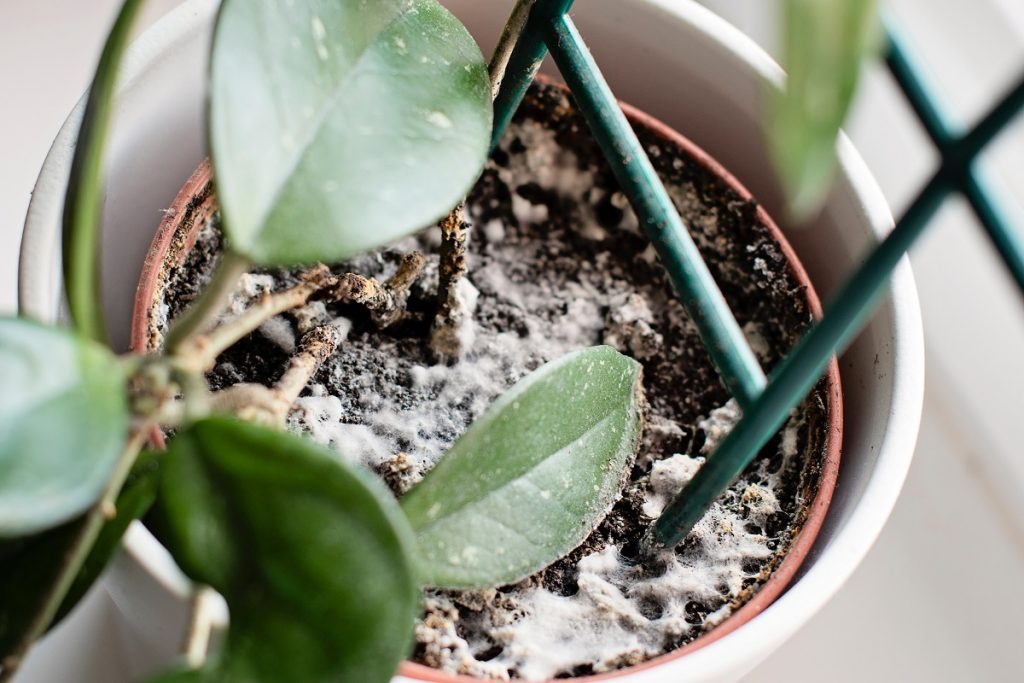
How to Prevent Mold in Your Home
Preventing mold is all about moisture control. Here’s how to protect your Long Island home:
- Fix leaks fast: A leaky faucet in Huntington or a cracked window in Babylon might seem minor but can turn into a mold issue quickly. Stay proactive.
- Use exhaust fans: Run fans in bathrooms and kitchens to vent out steam. If your home doesn’t have them, crack a window to help with airflow.
- Dehumidify regularly: Especially in basements or older homes common in Suffolk and Nassau. Keep humidity levels under 50 percent.
- Clean and declutter: Dust, dander, and moisture can gather behind furniture or inside storage bins. Keep surfaces clean and areas well-aired.
- Check your insulation: Poor insulation around windows or attics can cause condensation. This is especially important for homes along the North Shore, where ocean breezes can chill the home and create moisture problems.
Call the Local Mold Remediation Experts
If you suspect mold in your Long Island home—whether from a past water leak, seasonal humidity, or mysterious musty odors—don’t wait. Mold can grow in as little as 48 hours after a moisture event.
PuroClean of Huntington specializes in professional mold remediation. We’re local, we understand Long Island’s unique conditions, and we’re here to help you breathe easier year-round.
Call us today at 631-402-9700 to schedule your mold remediation service.
Let’s keep your home healthy and mold-free—this season and every season.
